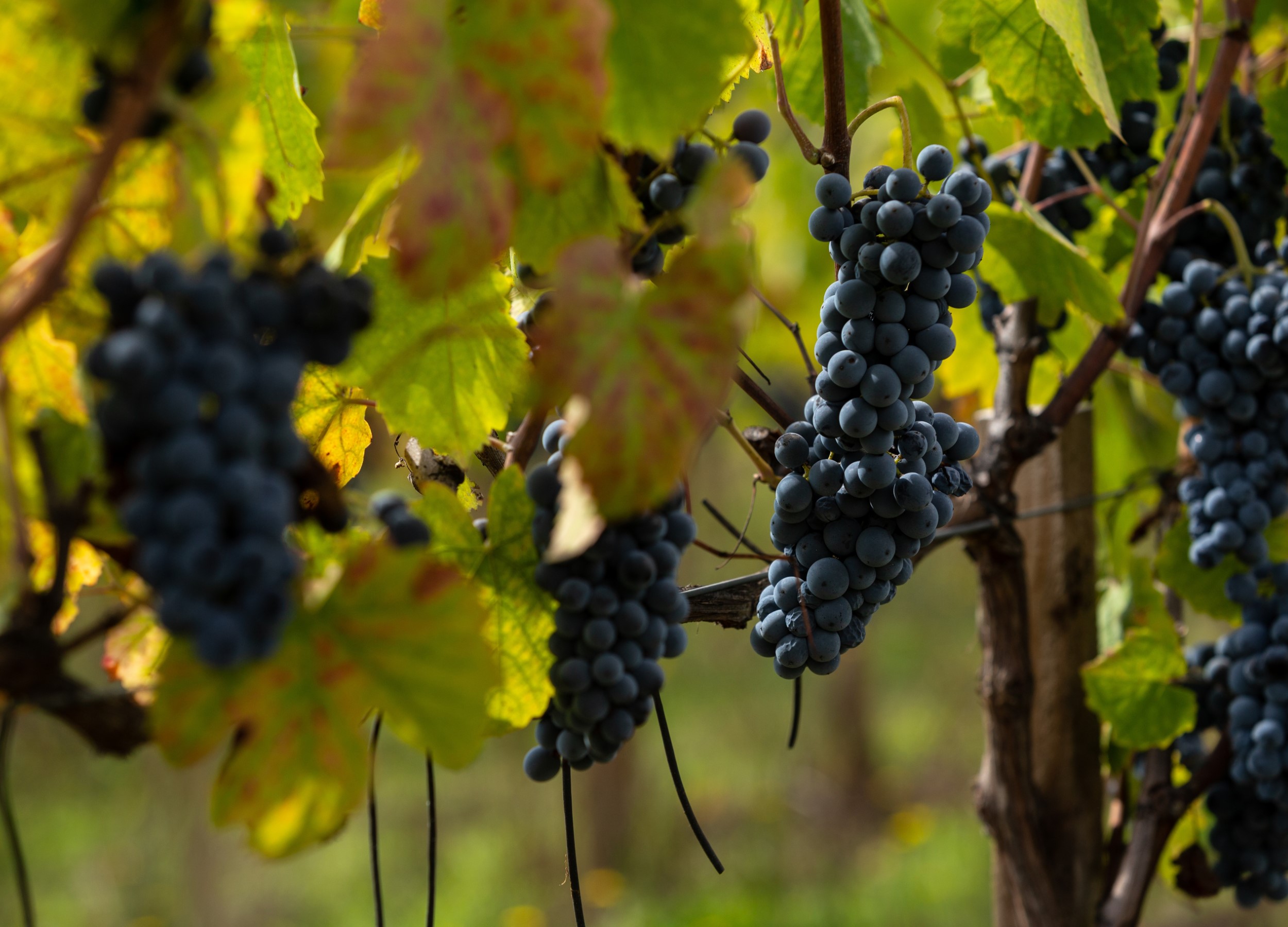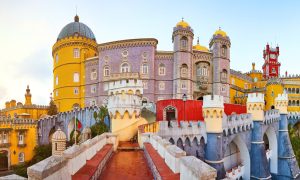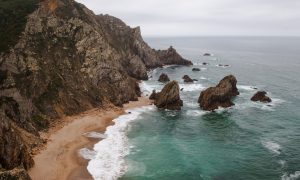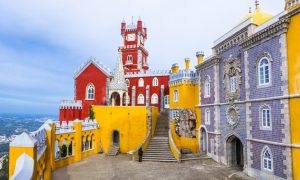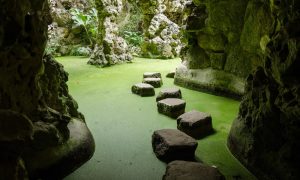While Sintra is often celebrated for its fairytale palaces and misty forests, the surrounding Colares wine region is one of Portugal’s oldest and most unique winemaking areas. Tucked between the Atlantic coast and the foothills of the Sintra Mountains, this small but fascinating region has been producing distinctive wines for centuries. Known for its windswept vineyards, ancient vines, and rare grape varieties, the Sintra-Colares wine region is a hidden gem that beckons wine lovers and history enthusiasts alike.
A Rich History Rooted in Tradition
The Colares wine region’s winemaking tradition stretches back over 800 years, with documented viticulture dating to the 12th century. The region flourished in the Middle Ages, providing wine to local monasteries and nobles. However, it was in the 19th century that Colares achieved international fame.
What makes Colares wine especially notable is its resistance to phylloxera, a vineyard pest that devastated European vineyards in the late 19th century. While most of Europe’s vines were destroyed, the sandy soils of Colares acted as a natural defense against the phylloxera louse. As a result, the Ramisco and Malvasia de Colares grapes continued to thrive on their original rootstocks—something that is incredibly rare in the wine world.
In 1908, Colares was officially recognized as a Denominação de Origem Controlada (DOC), making it one of Portugal’s first DOC wine regions. To this day, Colares remains a living link to Portugal’s winemaking heritage, and visiting its vineyards offers a glimpse into a truly ancient tradition.
Unique Terroir and Grape Varieties
The Colares region has one of the most distinctive terroirs in the world. The vineyards are planted on sandy soils known as chão de areia, which stretch across the windswept coastal dunes. These sandy soils, combined with the cooling breezes from the Atlantic Ocean, create a unique environment that shapes the region’s wines.
To adapt to these challenging conditions, Colares winemakers plant their vines in deep trenches dug into the sand. This labor-intensive method protects the vines from the fierce Atlantic winds and the salt spray, while also allowing the roots to reach the clay subsoil beneath the sand.
Two grape varieties dominate the region:
- Ramisco: This red grape variety is native to Colares and is the star of the region’s red wines. The vines grow low to the ground to avoid the harsh coastal winds, and the wines they produce are highly tannic and built for aging. Ramisco wines are known for their distinctive aromas of wild berries, spices, and earthy minerality, with high acidity and a slightly saline finish—an unmistakable hallmark of their coastal origin.
- Malvasia de Colares: This white grape variety is also native to the region and produces wines that are fresh, floral, and minerally. Malvasia de Colares wines are typically light in body, with crisp acidity and flavors of citrus, stone fruit, and a touch of salinity. Like the reds, the white wines of Colares reflect the unique influence of the Atlantic Ocean on the vineyard’s microclimate.
Key Wineries and Highlights of the Colares Wine Region
1. Adega Regional de Colares
One of the region’s most important institutions, Adega Regional de Colares was founded in 1931 as a cooperative to protect and promote the wines of Colares. The cooperative works with small, local producers to ensure the survival of Colares’ rare grape varieties. It’s one of the last places where you can experience wines made using traditional methods from ungrafted vines—something truly special in the world of winemaking.
The Adega is also home to an impressive wine museum, where visitors can learn about the region’s history and winemaking techniques before tasting some of the cooperative’s exquisite offerings. The long-aged Ramisco reds are particularly prized, with vintages available that showcase the grape’s remarkable ability to evolve over time.
2. Adega Viúva Gomes
Adega Viúva Gomes, established in 1808, is a historic winery that has played a significant role in preserving the traditions of Colares winemaking. The winery has become famous for producing aged Ramisco and Malvasia de Colares wines, often releasing bottles with 20 years or more of cellar aging. This long aging process brings out the complexity and depth of these unique wines, offering an unparalleled tasting experience.
The winery’s cellars are filled with the scent of history, and its beautifully rustic atmosphere provides the perfect setting to sample Colares wines as they were meant to be enjoyed—slowly, with an appreciation for time and tradition.
3. Casal Santa Maria
Situated at the westernmost point of mainland Europe, Casal Santa Maria is a relatively modern addition to the region’s winemaking landscape. Founded by Baron Bodo von Bruemmer in the early 21st century, the winery has quickly become known for producing high-quality wines with a focus on elegance and freshness.
While Casal Santa Maria does produce traditional Colares wines, it also experiments with newer grape varieties, offering a unique fusion of old and new world winemaking. Its location, perched above the Atlantic cliffs, provides breathtaking views of the ocean, making it a stunning place to enjoy a glass of wine.
Tasting the Character of Colares Wines
The wines of Colares are unlike any others in Portugal, or indeed, the world. Their distinctive coastal terroir, ancient winemaking traditions, and rare grape varieties make them a must-try for any wine enthusiast.
- Ramisco Reds: These wines are tannic and structured, with wild berry flavors, earthy minerality, and hints of the sea. They are designed for long aging, with many bottles not reaching their full potential until a decade or more after harvest.
- Malvasia de Colares Whites: Light, crisp, and mineral-driven, these whites are the perfect companion to seafood and warm summer days. Their vibrant acidity and fresh flavors make them incredibly refreshing and food-friendly.
Both styles share a characteristic salinity and a sense of place that can only come from vineyards that cling to the coast, braving the Atlantic winds and sandy soils.
The Future of Colares Wine
While Colares has survived phylloxera and other challenges over the centuries, the region remains small and vulnerable. Today, the total vineyard area covers just a few dozen hectares, making Colares one of the smallest DOC regions in Portugal. However, local winemakers are fiercely dedicated to preserving this historic wine region, working to ensure that its rare vines and unique wines continue to be produced for future generations.
Efforts are also being made to protect Colares’ fragile ecosystem. The combination of sustainable viticulture practices and the region’s naturally low-yielding vines has helped maintain biodiversity in the area, making it not only a place of great cultural importance but also an environmentally significant one.
Visiting the Colares Wine Region
A visit to the Sintra-Colares wine region offers a journey back in time. The stunning Atlantic coastline, the ancient vineyards nestled in sandy soils, and the quiet, time-worn cellars all contribute to the unique atmosphere of the area. Whether you’re a seasoned oenophile or simply curious to learn more about Portuguese wine, the Colares region offers a rare opportunity to taste history in a glass.
To truly appreciate these wines, it’s best to visit one of the local wineries or cooperatives, where you can hear the stories behind each bottle and savor the flavors that make Colares wines so special.
In summary, the Sintra-Colares wine region is a treasure trove of history, resilience, and tradition. Its wines, shaped by the coastal terroir and protected by centuries of expertise, are a testament to the enduring spirit of Portuguese winemaking. Whether you’re exploring the region’s vineyards or enjoying a glass of its distinctive Ramisco or Malvasia wines, Colares offers an unforgettable experience that transports you back in time, one sip at a time.

